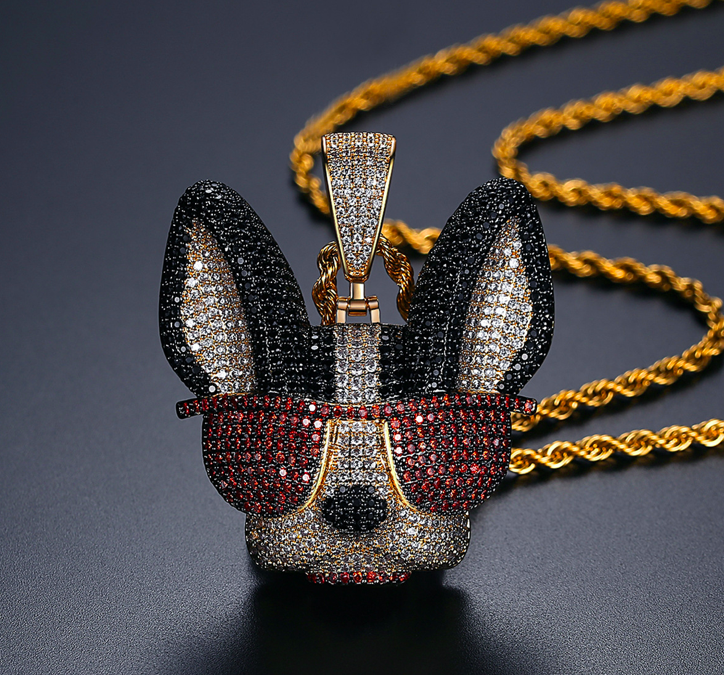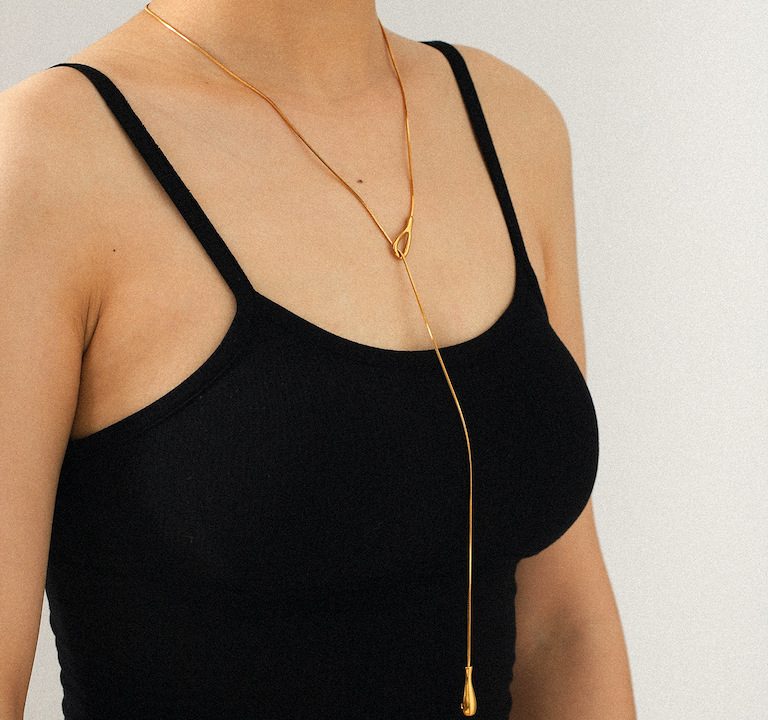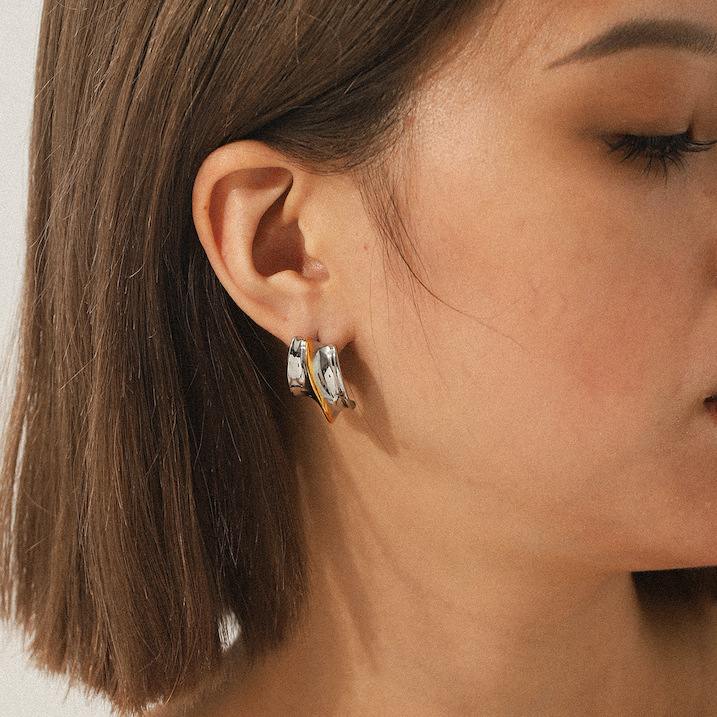The Relationship Between Quality, Manufacturing Processes, and Cost in Fashion Jewelry
When price is only $1.0/pc for 1 piece of 0.03 micron 18k gold plated brass jewelry, it will be over $5.0/pc when plating over 1 micron 18k gold…Different customers can charge different range of prices with different quality, we need to find a reliable jewelry manufacturer to control down the best prices with proper quality, then our fashion business can be comparative and win from the hot competitions…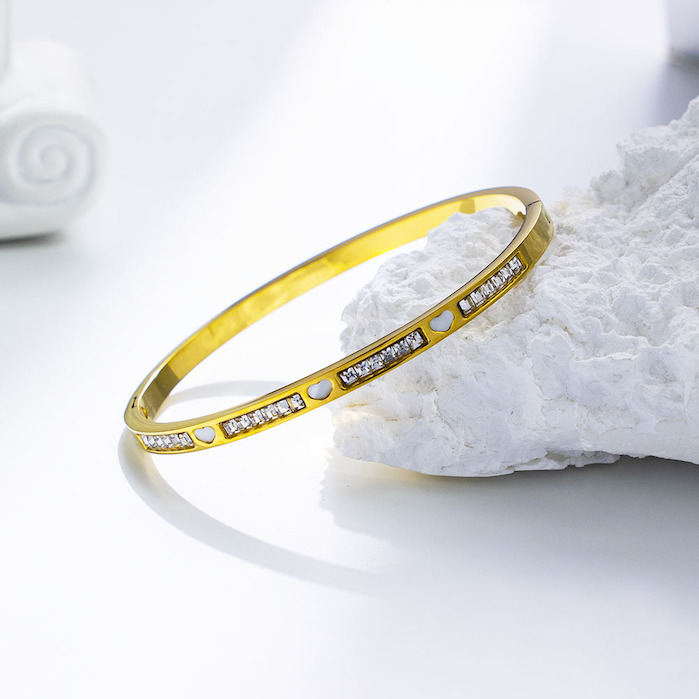 Cost control is crucial for any business, including the fashion industry, due to several key reasons…Proper cost management can significantly impact profitability, sustainability, and overall business success…do you know what’s the proper technology processes for different quality with different cost grades? It is really a core question for us to do well fashion jewelry business…to help us to check and choose a reliable and proper fashion jewelry supplier from worldwide manufacturers.
Cost control is crucial for any business, including the fashion industry, due to several key reasons…Proper cost management can significantly impact profitability, sustainability, and overall business success…do you know what’s the proper technology processes for different quality with different cost grades? It is really a core question for us to do well fashion jewelry business…to help us to check and choose a reliable and proper fashion jewelry supplier from worldwide manufacturers.
However, the quality, manufacturing processes, and cost of fashion jewelry are intricately linked, and understanding these relationships is crucial for both producers and consumers. This article explores how the quality of fashion jewelry is influenced by its manufacturing processes and how these factors, in turn, affect the cost of the final product.
1. Understanding Fashion Jewelry Quality
Quality in fashion jewelry is a multifaceted concept that encompasses several dimensions, including material quality, craftsmanship, durability, and aesthetic appeal. While fashion jewelry is not expected to match the longevity or intrinsic value of fine jewelry, consumers still expect a certain level of quality, especially given the increasing demand for sustainable and ethically produced products.
- Material Quality: The materials used in fashion jewelry significantly impact its overall quality. High-quality fashion jewelry often uses materials that mimic the appearance of precious metals and gemstones, such as brass, stainless steel, cubic zirconia, and Swarovski crystals. These materials are chosen for their durability, luster, and ability to withstand daily wear. Lower-quality fashion jewelry, on the other hand, may use cheaper materials like plated metals, plastic, or low-grade glass, which are more prone to tarnishing, scratching, and breaking.
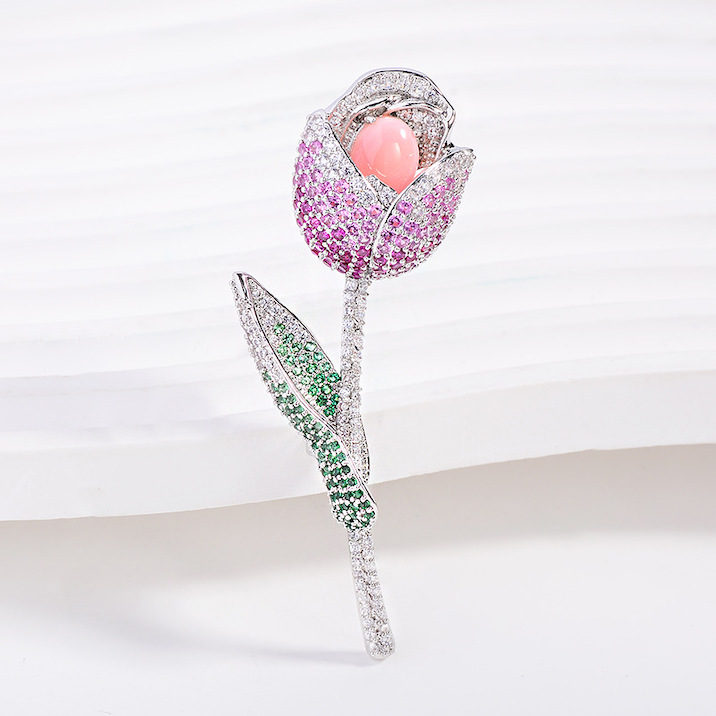
- Craftsmanship: The skill and precision with which fashion jewelry is crafted also play a crucial role in determining its quality. High-quality fashion jewelry is often handmade or produced using advanced manufacturing techniques that ensure consistency and attention to detail. This includes precise stone setting, smooth finishes, and secure clasps. Poor craftsmanship, on the other hand, can result in uneven finishes, loose stones, and weak joints, which can detract from the jewelry’s appearance and durability.
- Durability: Durability is a key aspect of quality in fashion jewelry, as consumers expect their accessories to last through regular use. High-quality fashion jewelry is designed to withstand the rigors of daily wear, including exposure to moisture, sweat, and friction. This is achieved through the use of durable materials, protective coatings (such as rhodium plating), and robust construction techniques. Lower-quality jewelry, however, may deteriorate quickly, leading to discoloration, breakage, and other forms of damage.
- Aesthetic Appeal: The visual appeal of fashion jewelry is another important aspect of quality. High-quality fashion jewelry often features intricate designs, vibrant colors, and a polished finish that enhances its overall appearance. The use of high-quality materials and skilled craftsmanship contributes to the jewelry’s aesthetic appeal, making it more attractive to consumers. In contrast, low-quality jewelry may appear dull, poorly finished, or overly simplistic, which can diminish its visual impact.
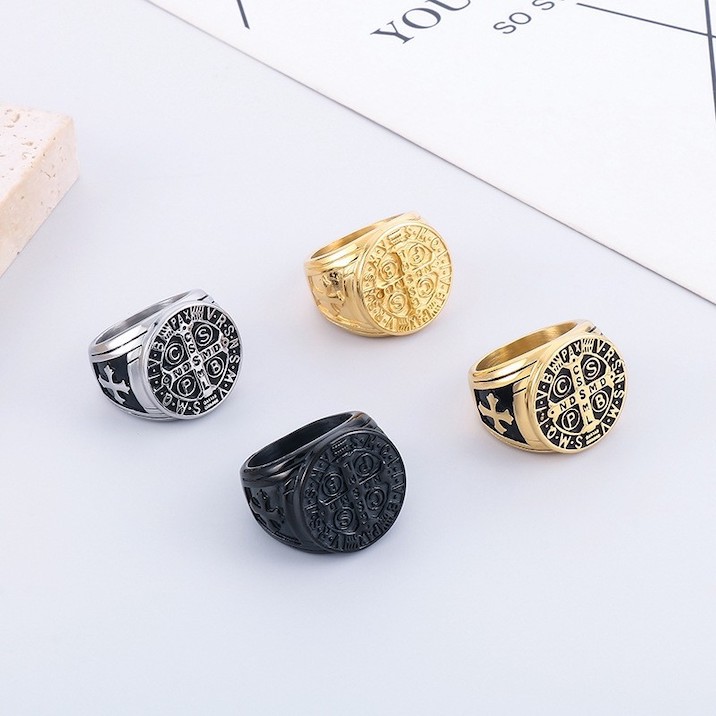
2. Manufacturing Processes and Their Impact on Quality
The manufacturing processes used to produce fashion jewelry have a direct impact on its quality. These processes can range from traditional handcrafting techniques to advanced automated methods, each with its own advantages and limitations. The choice of manufacturing process is often influenced by factors such as production volume, design complexity, and cost considerations.
- Handcrafting: Handcrafted fashion jewelry is often associated with higher quality due to the level of skill and attention to detail involved in its production. Artisans who handcraft jewelry can create unique, intricate designs that are difficult to replicate using automated methods. Handcrafting also allows for greater control over the quality of each piece, as artisans can carefully inspect and refine their work at every stage of the process. However, handcrafting is labor-intensive and time-consuming, which can drive up the cost of the final product.
- Casting: Casting is a common manufacturing process used in the production of fashion jewelry. It involves pouring molten metal into a mold to create a specific shape or design. Casting allows for the production of complex designs and intricate details, making it a popular choice for fashion jewelry. The quality of cast jewelry depends on the precision of the mold, the type of metal used, and the finishing techniques applied. High-quality casting can produce durable, detailed pieces, while poor casting can result in rough surfaces, air bubbles, and weak structures.
- Stamping and Die-Cutting: Stamping and die-cutting are processes used to create flat or semi-flat jewelry components, such as pendants, charms, and earrings. These processes involve pressing a metal sheet into a die to create a specific shape or pattern. Stamping and die-cutting are efficient and cost-effective methods for producing large quantities of jewelry, but the quality of the final product depends on the precision of the die and the thickness of the metal. High-quality stamped jewelry features clean, sharp edges and consistent patterns, while low-quality stamped jewelry may have uneven edges and blurred details.
- Electroplating: Electroplating is a process used to apply a thin layer of metal (such as gold, silver, or rhodium) onto the surface of fashion jewelry. This process enhances the jewelry’s appearance, durability, and resistance to tarnishing. The quality of electroplated jewelry depends on the thickness and uniformity of the plating, as well as the base metal used. High-quality electroplating results in a smooth, even finish that can withstand daily wear, while low-quality electroplating may peel, chip, or wear off quickly.
- Stone Setting: Stone setting is a critical process in the production of fashion jewelry, especially for pieces that feature gemstones or crystals. The quality of stone setting depends on the precision of the setting technique and the security of the stones. High-quality stone setting ensures that stones are securely held in place and evenly spaced, while poor stone setting can result in loose or misaligned stones. Common stone setting techniques include prong setting, bezel setting, and pave setting, each of which has its own aesthetic and functional advantages.
3. The Relationship Between Quality and Cost
The relationship between quality and cost in fashion jewelry is complex and influenced by several factors, including material costs, labor costs, and production volume. Generally, higher-quality fashion jewelry is more expensive to produce due to the use of premium materials, skilled labor, and advanced manufacturing techniques. However, the cost of fashion jewelry is also influenced by market demand, brand positioning, and economies of scale.
- Material Costs: The cost of materials is a significant factor in determining the price of fashion jewelry. High-quality materials, such as brass, stainless steel, and Swarovski crystals, are more expensive than lower-quality alternatives like plated metals and plastic. Additionally, the cost of materials can fluctuate based on market conditions, such as changes in metal prices or supply chain disruptions. As a result, fashion jewelry made from high-quality materials is typically more expensive than jewelry made from cheaper materials.
- Labor Costs: Labor costs are another important factor in the cost of fashion jewelry. Handcrafted jewelry, which requires skilled artisans and significant time investment, is generally more expensive than mass-produced jewelry. Similarly, jewelry that involves complex manufacturing processes, such as stone setting or electroplating, may require specialized labor, which can drive up costs. In contrast, jewelry produced using automated methods or low-cost labor may be more affordable but may also sacrifice quality in the process.
- Production Volume: The volume of production can also impact the cost of fashion jewelry. Mass-produced jewelry benefits from economies of scale, which can reduce the cost per unit and make the final product more affordable. However, mass production often involves compromises in quality, such as the use of cheaper materials or less precise manufacturing techniques. On the other hand, small-batch or limited-edition jewelry may be more expensive due to the higher cost of materials and labor, but it often offers superior quality and craftsmanship.
- Brand Positioning: The brand positioning of a fashion jewelry company can also influence the relationship between quality and cost. Luxury fashion jewelry brands, for example, may charge a premium for their products due to their reputation for high-quality materials and craftsmanship. These brands often invest in marketing, packaging, and customer service to create a premium experience for their customers. In contrast, budget fashion jewelry brands may prioritize affordability over quality, offering lower-priced products that appeal to price-sensitive consumers.
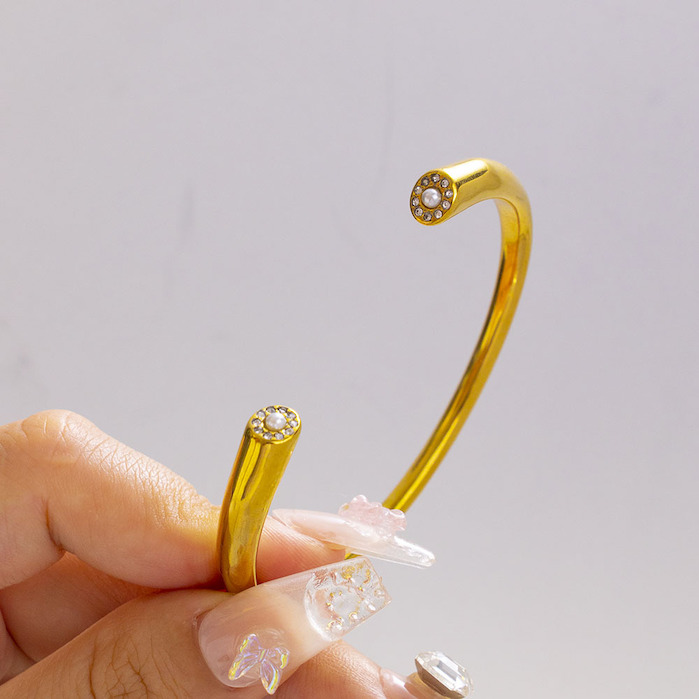
4. Balancing Quality, Manufacturing Processes, and Cost
For fashion jewelry producers, finding the right balance between quality, manufacturing processes, and cost is essential for success in a competitive market. This requires careful consideration of several factors, including target market, brand positioning, and production capabilities.
- Target Market: Understanding the preferences and expectations of your target market is crucial for determining the appropriate balance between quality and cost. For example, a luxury fashion jewelry brand targeting high-income consumers may prioritize quality and craftsmanship, even if it means higher production costs. In contrast, a budget fashion jewelry brand targeting price-sensitive consumers may focus on affordability, using cost-effective materials and manufacturing processes to keep prices low.
- Brand Positioning: Your brand’s positioning in the market will also influence your approach to quality and cost. If your brand is positioned as a premium or luxury brand, you may need to invest in high-quality materials and skilled craftsmanship to justify higher prices. On the other hand, if your brand is positioned as a budget-friendly option, you may need to prioritize cost-effectiveness while still maintaining a minimum level of quality to meet customer expectations.
- Production Capabilities: Your production capabilities, including your access to materials, labor, and manufacturing technology, will also play a role in determining the balance between quality and cost. If you have access to skilled artisans and advanced manufacturing techniques, you may be able to produce high-quality jewelry at a competitive cost. However, if your production capabilities are limited, you may need to make trade-offs between quality and cost to remain competitive in the market.
5. The Role of Sustainability and Ethical Practices
In recent years, sustainability and ethical practices have become increasingly important in the fashion jewelry industry. Consumers are becoming more conscious of the environmental and social impact of their purchases, and many are willing to pay a premium for jewelry that is produced sustainably and ethically. This has led to a growing demand for fashion jewelry made from recycled materials, produced using eco-friendly manufacturing processes, and sourced from ethical supply chains.
- Sustainable Materials: The use of sustainable materials, such as recycled metals and ethically sourced gemstones, can enhance the quality and appeal of fashion jewelry. These materials are often more expensive than conventional alternatives, but they can justify higher prices by appealing to environmentally conscious consumers. Additionally, sustainable materials are often of higher quality, as they are less likely to contain harmful chemicals or pollutants.
- Eco-Friendly Manufacturing Processes: Eco-friendly manufacturing processes, such as water-based electroplating and low-energy casting, can also contribute to the quality and sustainability of fashion jewelry. These processes reduce the environmental impact of production and can result in higher-quality finishes that are more durable and resistant to tarnishing. However, eco-friendly manufacturing processes may require additional investment in technology and training, which can increase production costs.
- Ethical Labor Practices: Ethical labor practices, such as fair wages and safe working conditions, are also important for the quality and reputation of fashion jewelry. Consumers are increasingly concerned about the social impact of their purchases, and they are more likely to support brands that prioritize ethical labor practices. While ethical labor practices may increase production costs, they can also enhance the brand’s reputation and customer loyalty, leading to long-term benefits.
As the fashion jewelry industry continues to evolve, sustainability and ethical practices are becoming increasingly important. Consumers are demanding more transparency and accountability from brands, and they are willing to pay a premium for jewelry that is produced sustainably and ethically. By investing in sustainable materials, eco-friendly manufacturing processes, and ethical labor practices, fashion jewelry producers can enhance the quality and appeal of their products while also contributing to a more sustainable and equitable industry.
Ultimately, the success of a fashion jewelry brand depends on its ability to deliver high-quality products that resonate with consumers, while also managing costs and maintaining a competitive edge in the market. By understanding the intricate relationship between quality, manufacturing processes, and cost, fashion jewelry producers can make informed decisions that drive growth, profitability, and long-term success.


